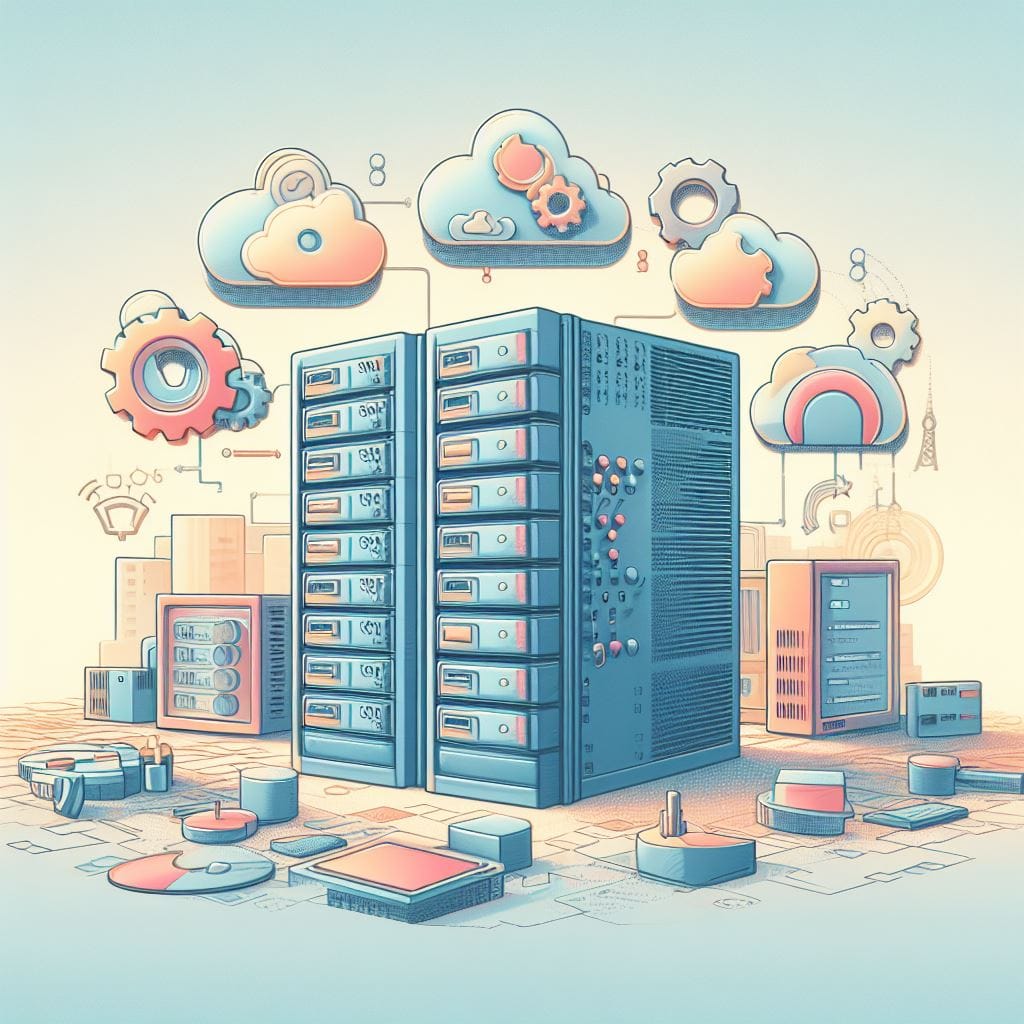How to Optimize Your Dedicated Server for 3D Rendering and Visual Effects (VFX) Workloads

Optimizing a dedicated server for 3D rendering and visual effects (VFX) workloads requires a combination of hardware, software, and configuration adjustments. Here are steps you can take to achieve better performance:
- Powerful CPU:
- Choose a server with a high-performance multi-core processor. Look for processors with a high base clock speed and multiple cores/threads (e.g., Intel Xeon, AMD Ryzen Threadripper).
- Sufficient RAM:
- Install as much RAM as possible. For 3D rendering and VFX, 32GB should be considered a minimum, but 64GB or more is recommended for larger projects.
- Fast Storage:
- Use SSDs (Solid State Drives) for the operating system, applications, and project files. SSDs offer significantly faster read/write speeds compared to traditional hard drives.
- GPU Acceleration:
- Invest in a powerful graphics card (GPU) that is compatible with your rendering software. NVIDIA Quadro or GeForce RTX series and AMD Radeon Pro series are popular choices.
- Cooling and Airflow:
- Ensure proper cooling to prevent overheating. Use efficient cooling systems and ensure there's adequate airflow in the server chassis.
- Optimized GPU Drivers:
- Install the latest and most compatible GPU drivers for your rendering software. This can significantly improve GPU performance.
- Dedicated Rendering Software:
- Use professional-grade 3D rendering software like Autodesk Maya, Cinema 4D, Blender, or Adobe After Effects, and make sure they are properly configured for your hardware.
- GPU Rendering Engines:
- Utilize GPU-based rendering engines like OctaneRender, Redshift, or V-Ray GPU. They can take advantage of the parallel processing capabilities of modern GPUs.
- Network Configuration:
- Ensure high-speed internet and network connectivity, especially if you're working on distributed rendering or cloud rendering.
- OS Optimization:
- Use a 64-bit operating system and keep it updated. Opt for a server-grade OS like Windows Server, CentOS, Ubuntu Server, or similar.
- Disable Unnecessary Services:
- Turn off unnecessary background services and applications to free up system resources.
- RAID Configuration:
- Implement RAID (Redundant Array of Independent Disks) for improved data redundancy and performance. RAID 0 or RAID 5 can be suitable configurations.
- Regular Maintenance:
- Perform regular disk cleanup, defragmentation (if using traditional HDDs), and system updates to keep the server running smoothly.
- Backup and Redundancy:
- Implement a robust backup and redundancy strategy to protect your project files and work in case of hardware failures.
- Remote Access and Monitoring:
- Set up remote access tools and monitoring systems to keep an eye on server performance and troubleshoot any issues remotely.
Remember to benchmark your server's performance before and after making changes to evaluate the effectiveness of your optimizations. Additionally, consider consulting with IT professionals or system administrators with experience in 3D rendering and VFX workflows for further guidance.



